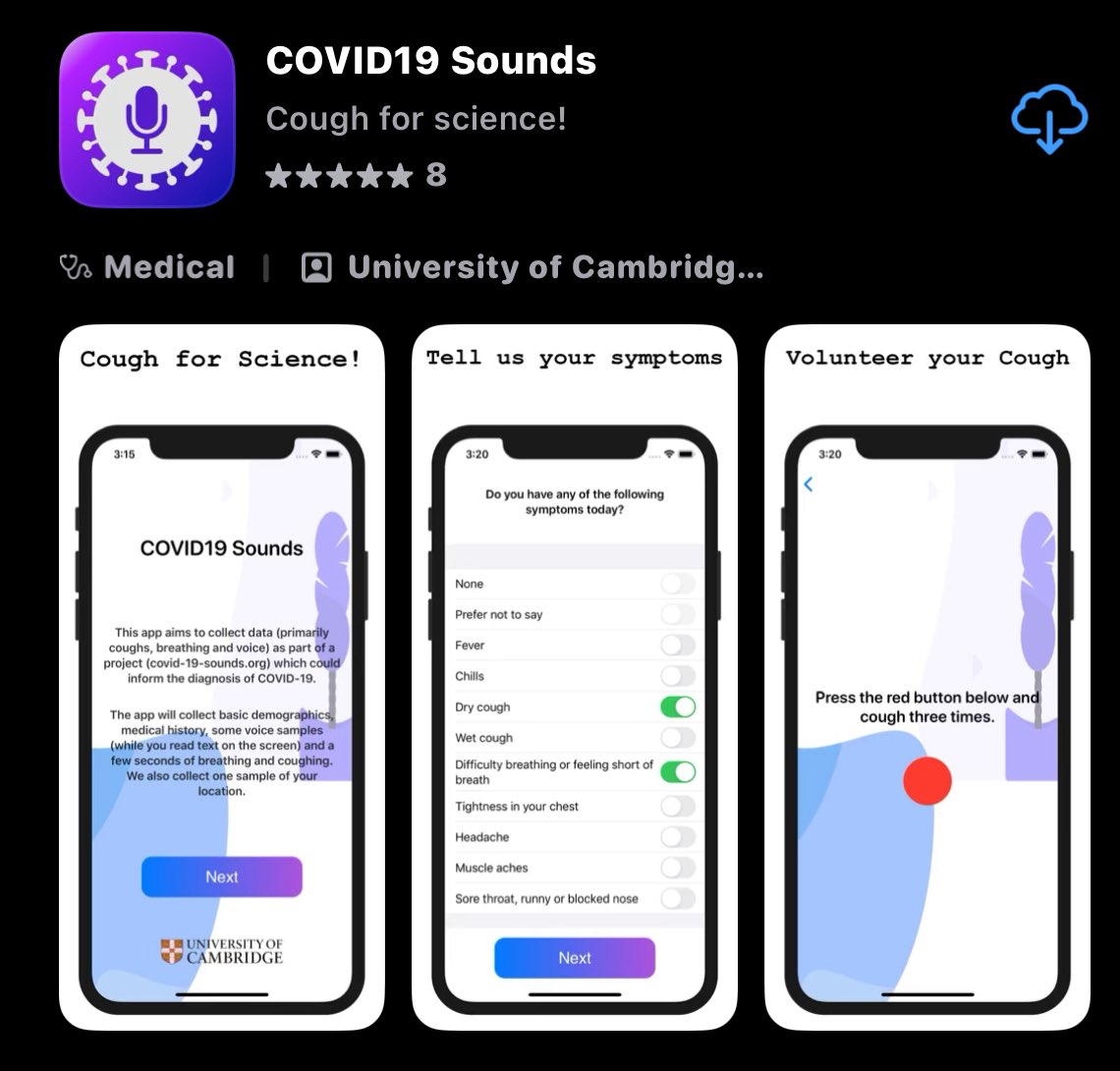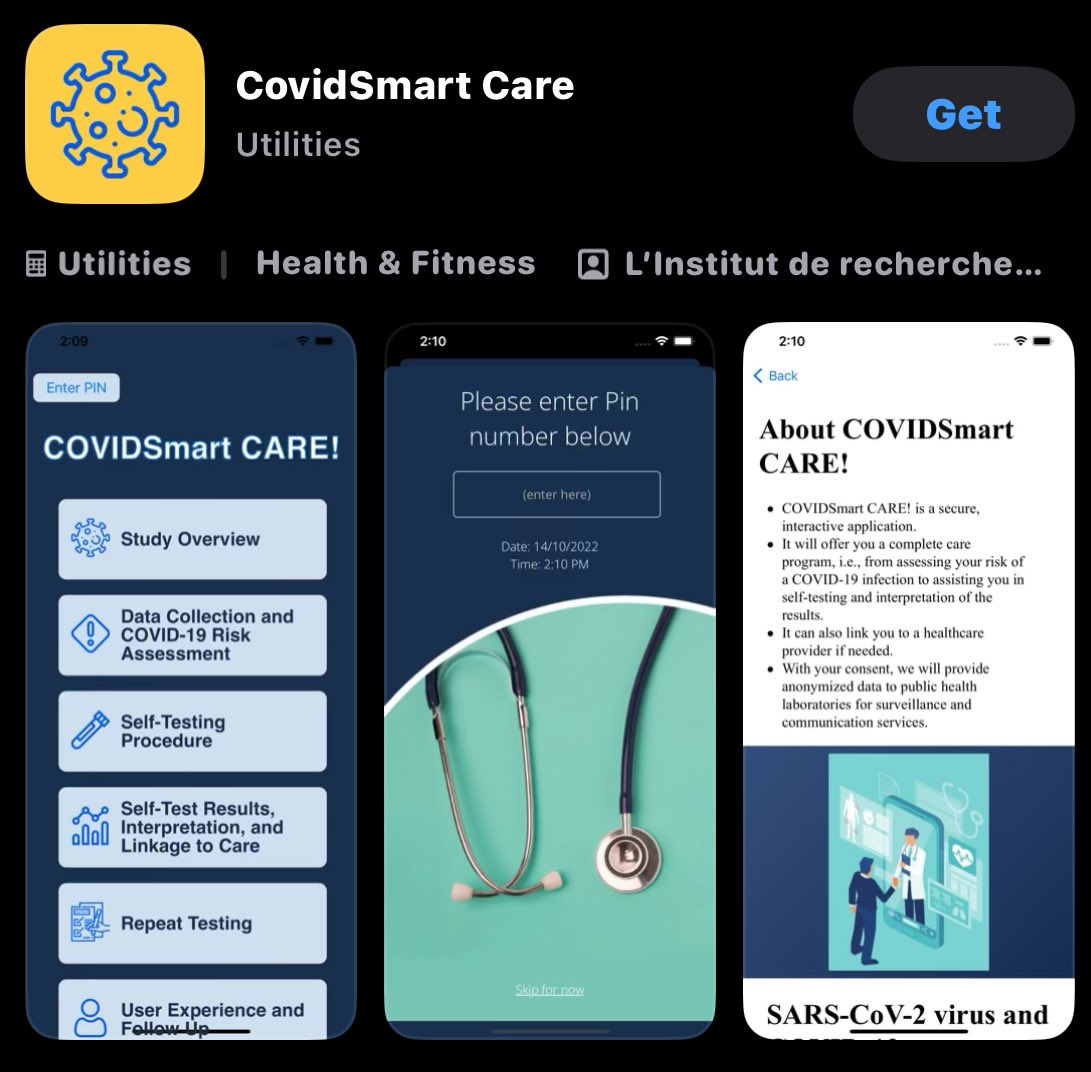What is with these ASD-like symptoms post-covid?
Reports of autistic-like symptoms—such as sensory sensitivities, social withdrawal, executive dysfunction (e.g., brain fog, difficulty planning or communicating), repetitive behaviors, & emotional dysregulation—appearing or intensifying after COVID-19 infections have indeed risen, particularly in the context of long COVID (symptoms persisting beyond 12 weeks post-infection). This isn’t necessarily “causing” autism spectrum disorder (ASD), which is a neurodevelopmental condition rooted in genetics & early brain wiring, but rather leading to “acquired neurodivergence” where neurological changes mimic or exacerbate ASD traits in both neurotypical individuals & those already on the spectrum.
Emerging research suggests this trend may contribute to observed increases in ASD prevalence rates (e.g., from 1 in 36 children in 2020 to 1 in 31 by mid-2024), though diagnostic shifts, heightened awareness, & pandemic stressors also play roles.
Why This Is Happening: Key Mechanisms
Long COVID triggers persistent systemic inflammation and immune dysregulation that can disrupt brain function, echoing pathways implicated in ASD. A theoretical framework outlines how SARS-CoV-2 infection interacts with genetic vulnerabilities during critical developmental windows (e.g., prenatal or early postnatal periods), potentially amplifying neurodevelopmental traits.
Here’s a breakdown of the primary mechanisms:
1/ASD-like symptoms/behaviors
Reports of autistic-like symptoms—such as sensory sensitivities, social withdrawal, executive dysfunction (e.g., brain fog, difficulty planning or communicating), repetitive behaviors, & emotional dysregulation—appearing or intensifying after COVID-19 infections have indeed risen, particularly in the context of long COVID (symptoms persisting beyond 12 weeks post-infection). This isn’t necessarily “causing” autism spectrum disorder (ASD), which is a neurodevelopmental condition rooted in genetics & early brain wiring, but rather leading to “acquired neurodivergence” where neurological changes mimic or exacerbate ASD traits in both neurotypical individuals & those already on the spectrum.
Emerging research suggests this trend may contribute to observed increases in ASD prevalence rates (e.g., from 1 in 36 children in 2020 to 1 in 31 by mid-2024), though diagnostic shifts, heightened awareness, & pandemic stressors also play roles.
Why This Is Happening: Key Mechanisms
Long COVID triggers persistent systemic inflammation and immune dysregulation that can disrupt brain function, echoing pathways implicated in ASD. A theoretical framework outlines how SARS-CoV-2 infection interacts with genetic vulnerabilities during critical developmental windows (e.g., prenatal or early postnatal periods), potentially amplifying neurodevelopmental traits.
Here’s a breakdown of the primary mechanisms:
1/ASD-like symptoms/behaviors
1Neuroinflammation & Microglial Overactivation:
COVID-19 leaves behind viral proteins that sustain elevated pro-inflammatory cytokines (e.g., IL-6 and TNF-α levels 2–3 times higher than baseline, persisting for months). This activates microglia (brain immune cells), impairing synaptic pruning—the process that refines neural connections in early development—and leading to altered brain circuits. In ASD, similar inflammation disrupts social processing and sensory integration; in long COVID, it manifests as heightened sensory overload or repetitive stimming-like behaviors to self-regulate.
2/ASD-like symptoms/behaviors
COVID-19 leaves behind viral proteins that sustain elevated pro-inflammatory cytokines (e.g., IL-6 and TNF-α levels 2–3 times higher than baseline, persisting for months). This activates microglia (brain immune cells), impairing synaptic pruning—the process that refines neural connections in early development—and leading to altered brain circuits. In ASD, similar inflammation disrupts social processing and sensory integration; in long COVID, it manifests as heightened sensory overload or repetitive stimming-like behaviors to self-regulate.
2/ASD-like symptoms/behaviors
2Blood-Brain Barrier (BBB) Dysfunction:
The virus compromises the BBB (seen in 40–60% of cases within days of infection), allowing inflammatory molecules to infiltrate the brain. This can cause microvascular damage, reduced gray matter volume (up to 2% brain shrinkage even in mild cases), and cognitive declines resembling ASD’s executive challenges, like trouble with word recall or emotional meltdowns from overload.
3Autoimmune & Epigenetic Effects:
Long COVID induces autoantibodies targeting brain cells (in 15–25% of patients), similar to maternal autoantibodies linked to ASD risk. Epigenetic changes from chronic immune stress may “switch on” ASD-related genes without altering DNA, unmasking latent traits. Anecdotal reports describe sudden shifts, like a previously outgoing person struggling with “how to be human” in social settings or experiencing PTSD-like meltdowns from sensory input post-infection.
3/ASD-like symptoms/behaviors
The virus compromises the BBB (seen in 40–60% of cases within days of infection), allowing inflammatory molecules to infiltrate the brain. This can cause microvascular damage, reduced gray matter volume (up to 2% brain shrinkage even in mild cases), and cognitive declines resembling ASD’s executive challenges, like trouble with word recall or emotional meltdowns from overload.
3Autoimmune & Epigenetic Effects:
Long COVID induces autoantibodies targeting brain cells (in 15–25% of patients), similar to maternal autoantibodies linked to ASD risk. Epigenetic changes from chronic immune stress may “switch on” ASD-related genes without altering DNA, unmasking latent traits. Anecdotal reports describe sudden shifts, like a previously outgoing person struggling with “how to be human” in social settings or experiencing PTSD-like meltdowns from sensory input post-infection.
3/ASD-like symptoms/behaviors
4Gut-Brain Axis & Hormonal Disruptions:
Viral persistence may alter the microbiome or lower cortisol, inflaming the nervous system & worsening anxiety or fatigue—overlaps with ASD co-occurring conditions like chronic fatigue syndrome.
These effects are bidirectional: Higher autistic traits increase long COVID risk (e.g., via sensory masking during infection), creating a feedback loop where symptoms compound. Brain imaging shows overlaps in affected regions (e.g., olfactory & salience networks), and user experiences highlight rapid onset, like brain fog triggering realizations of undiagnosed neurodivergence.
4/ASD-like symptoms/behaviors
Viral persistence may alter the microbiome or lower cortisol, inflaming the nervous system & worsening anxiety or fatigue—overlaps with ASD co-occurring conditions like chronic fatigue syndrome.
These effects are bidirectional: Higher autistic traits increase long COVID risk (e.g., via sensory masking during infection), creating a feedback loop where symptoms compound. Brain imaging shows overlaps in affected regions (e.g., olfactory & salience networks), and user experiences highlight rapid onset, like brain fog triggering realizations of undiagnosed neurodivergence.
4/ASD-like symptoms/behaviors
What Can Be Done: Management & Treatment Strategies
While there’s no “cure” for long COVID or ASD traits, a multi-pronged approach focuses on reducing inflammation, supporting brain recovery, & adapting environments. Always consult a healthcare provider (e.g., neurologist or psychiatrist) for personalized plans, as symptoms vary.
Here’s what’s showing promise:
1. Lifestyle & Behavioral Interventions
•Pacing & Energy Management: Break tasks into short bursts to combat fatigue & overload; tools like timers help with executive function.
•Sensory & Environmental Supports: Reduce stimuli (e.g., noise-canceling headphones, dim lighting) and use accommodations like flexible work hours or hybrid setups. Disability coaching or occupational therapy (OT) can teach coping strategies, improving self-perception & reducing anxiety.
5/ASD-like symptoms/behaviors
While there’s no “cure” for long COVID or ASD traits, a multi-pronged approach focuses on reducing inflammation, supporting brain recovery, & adapting environments. Always consult a healthcare provider (e.g., neurologist or psychiatrist) for personalized plans, as symptoms vary.
Here’s what’s showing promise:
1. Lifestyle & Behavioral Interventions
•Pacing & Energy Management: Break tasks into short bursts to combat fatigue & overload; tools like timers help with executive function.
•Sensory & Environmental Supports: Reduce stimuli (e.g., noise-canceling headphones, dim lighting) and use accommodations like flexible work hours or hybrid setups. Disability coaching or occupational therapy (OT) can teach coping strategies, improving self-perception & reducing anxiety.
5/ASD-like symptoms/behaviors
What Can Be Done: Management & Treatment Strategies, cont …
•Cognitive Behavioral Therapy (CBT) or Mindfulness: Adapted for neurodivergence, this addresses emotional dysregulation & social challenges; apps like Calm aid sensory regulation.
•Diet & Exercise: Anti-inflammatory diets (e.g., Mediterranean-style, rich in omega-3s) and gentle movement (yoga, walking) support gut-brain health and cortisol balance.
2. Medications & Emerging Therapies
•For Brain Fog & Executive Dysfunction: N-acetylcysteine (NAC, an antioxidant) and guanfacine (an ADHD med that stabilizes neural signaling) have relieved symptoms in small studies, with patients reporting clearer thinking within weeks. Start low-dose under supervision.
6/ASD-like symptoms/behaviors
•Cognitive Behavioral Therapy (CBT) or Mindfulness: Adapted for neurodivergence, this addresses emotional dysregulation & social challenges; apps like Calm aid sensory regulation.
•Diet & Exercise: Anti-inflammatory diets (e.g., Mediterranean-style, rich in omega-3s) and gentle movement (yoga, walking) support gut-brain health and cortisol balance.
2. Medications & Emerging Therapies
•For Brain Fog & Executive Dysfunction: N-acetylcysteine (NAC, an antioxidant) and guanfacine (an ADHD med that stabilizes neural signaling) have relieved symptoms in small studies, with patients reporting clearer thinking within weeks. Start low-dose under supervision.
6/ASD-like symptoms/behaviors
What Can Be Done: Management & Treatment Strategies, cont …
•Anti-Inflammatories: JAK inhibitors like upadacitinib (15–30 mg daily) showed rapid improvements in neuropsychiatric symptoms (e.g., reduced aggression, better cognition) in case reports of ASD patients with long COVID exacerbations, often combined with colchicine for immune modulation. These target cytokine storms but require monitoring for side effects.
•Other Options: Low-dose steroids or IVIg for autoimmune flares; antidepressants (e.g., SSRIs) if anxiety dominates. Vaccines may prevent severe reinfections that worsen symptoms.
7/ASD-like symptoms/behaviors
•Anti-Inflammatories: JAK inhibitors like upadacitinib (15–30 mg daily) showed rapid improvements in neuropsychiatric symptoms (e.g., reduced aggression, better cognition) in case reports of ASD patients with long COVID exacerbations, often combined with colchicine for immune modulation. These target cytokine storms but require monitoring for side effects.
•Other Options: Low-dose steroids or IVIg for autoimmune flares; antidepressants (e.g., SSRIs) if anxiety dominates. Vaccines may prevent severe reinfections that worsen symptoms.
7/ASD-like symptoms/behaviors
3. Long-Term Support
•Screening & Early Intervention: For at-risk groups (e.g., children of COVID-exposed pregnancies), monitor inflammation via blood tests and use AI tools for symptom prediction.
•Advocacy & Community: Recognize long COVID as a potential disability for legal protections (e.g., ADA accommodations). Peer support groups (e.g., on Reddit) validate experiences and share tips.
Research is evolving, with trials underway for targeted therapies. If symptoms persist, seek multidisciplinary care—early action can significantly improve quality of life.
8/ASD-like symptoms/behaviors
~fin~ Not medical advice. Ask your Dr.
•Screening & Early Intervention: For at-risk groups (e.g., children of COVID-exposed pregnancies), monitor inflammation via blood tests and use AI tools for symptom prediction.
•Advocacy & Community: Recognize long COVID as a potential disability for legal protections (e.g., ADA accommodations). Peer support groups (e.g., on Reddit) validate experiences and share tips.
Research is evolving, with trials underway for targeted therapies. If symptoms persist, seek multidisciplinary care—early action can significantly improve quality of life.
8/ASD-like symptoms/behaviors
~fin~ Not medical advice. Ask your Dr.
• • •
Missing some Tweet in this thread? You can try to
force a refresh







